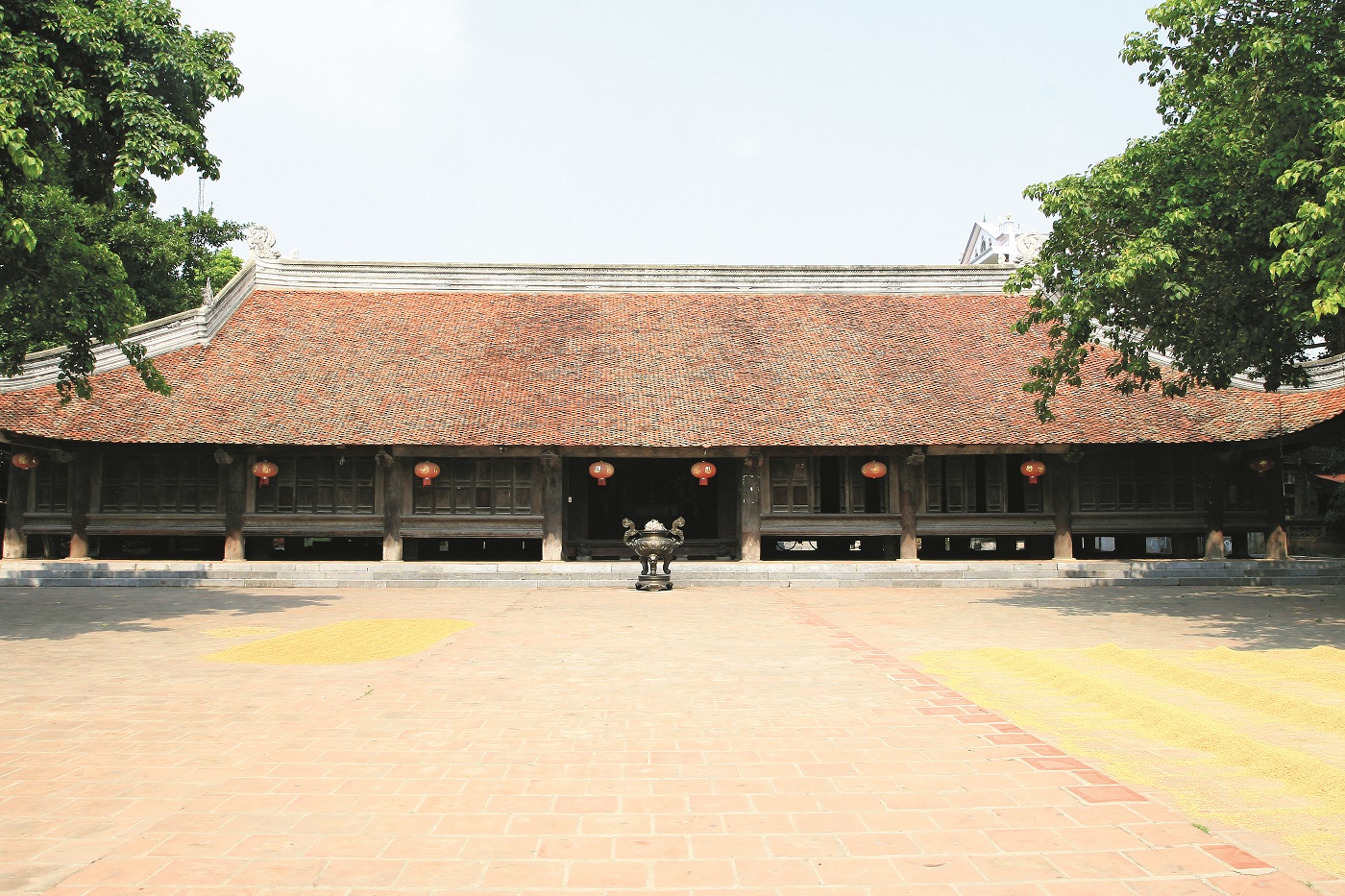 Dinh Bang communal house. Photo: Tapchikientruc.com[/caption] Going back in history, communal houses in the North were often built from the Le dynasty to the Nguyen dynasty, when Vietnamese villages began to stabilize and develop strongly. The communal house is not only a place to worship the village's patron saint, but also a center for cultural activities, where important festivals and meetings of the community take place. The communal house architecture is often located in the center of the village, symbolizing the majesty and strength of the village community. Entering the communal house space, people cannot help but be amazed by the sophistication of the architecture and craftsmanship, where every small detail is meticulously cared for. The communal house pillars, made from sturdy ironwood, are both the pillars of the structure and a symbol of strength, durability and longevity. On those wooden pillars, ancient artisans carved images of dragons, phoenixes, flowers and leaves - symbols of authority, prosperity and harmony between humans and nature. Each decorative detail has a deep spiritual meaning, expressing respect and gratitude to the gods who protected the village. [caption id="" align="alignnone" width="800"]
Dinh Bang communal house. Photo: Tapchikientruc.com[/caption] Going back in history, communal houses in the North were often built from the Le dynasty to the Nguyen dynasty, when Vietnamese villages began to stabilize and develop strongly. The communal house is not only a place to worship the village's patron saint, but also a center for cultural activities, where important festivals and meetings of the community take place. The communal house architecture is often located in the center of the village, symbolizing the majesty and strength of the village community. Entering the communal house space, people cannot help but be amazed by the sophistication of the architecture and craftsmanship, where every small detail is meticulously cared for. The communal house pillars, made from sturdy ironwood, are both the pillars of the structure and a symbol of strength, durability and longevity. On those wooden pillars, ancient artisans carved images of dragons, phoenixes, flowers and leaves - symbols of authority, prosperity and harmony between humans and nature. Each decorative detail has a deep spiritual meaning, expressing respect and gratitude to the gods who protected the village. [caption id="" align="alignnone" width="800"] 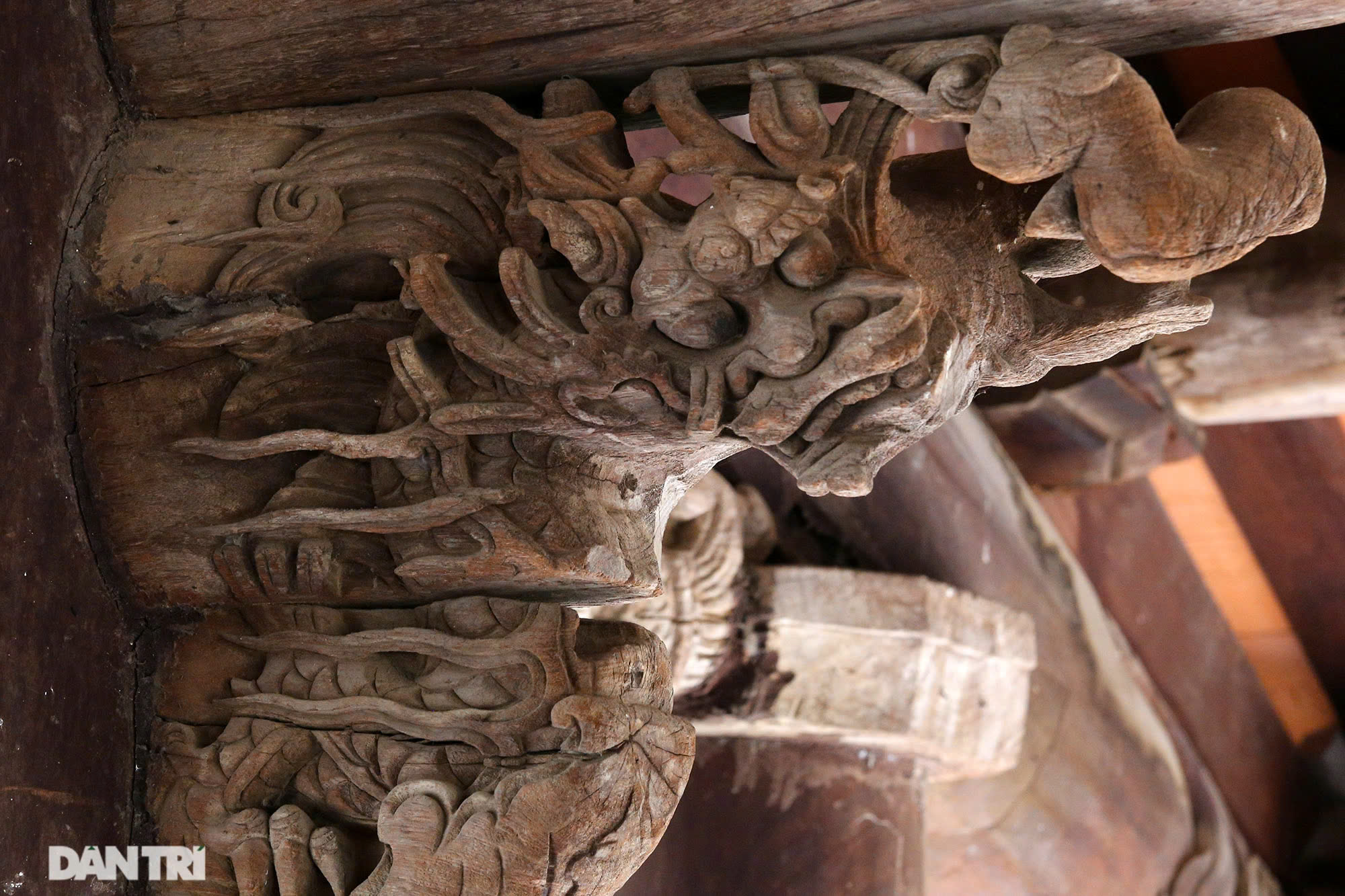 Carvings of dragons at Tay Dang Communal House. Photo: dantri.com[/caption] The communal house roof, with layers of overlapping fish-tail tiles, creates a curved, graceful appearance like birds spreading their wings in flight. The tiled roof not only protects against rain and sun but is also an important aesthetic element, creating a traditional beauty for the communal house. Under that tiled roof, the space inside the communal house becomes cozy and intimate, a place where villagers can gather together, discuss village affairs, and organize important festivals and rituals. [caption id="" align="alignnone" width="800"]
Carvings of dragons at Tay Dang Communal House. Photo: dantri.com[/caption] The communal house roof, with layers of overlapping fish-tail tiles, creates a curved, graceful appearance like birds spreading their wings in flight. The tiled roof not only protects against rain and sun but is also an important aesthetic element, creating a traditional beauty for the communal house. Under that tiled roof, the space inside the communal house becomes cozy and intimate, a place where villagers can gather together, discuss village affairs, and organize important festivals and rituals. [caption id="" align="alignnone" width="800"] 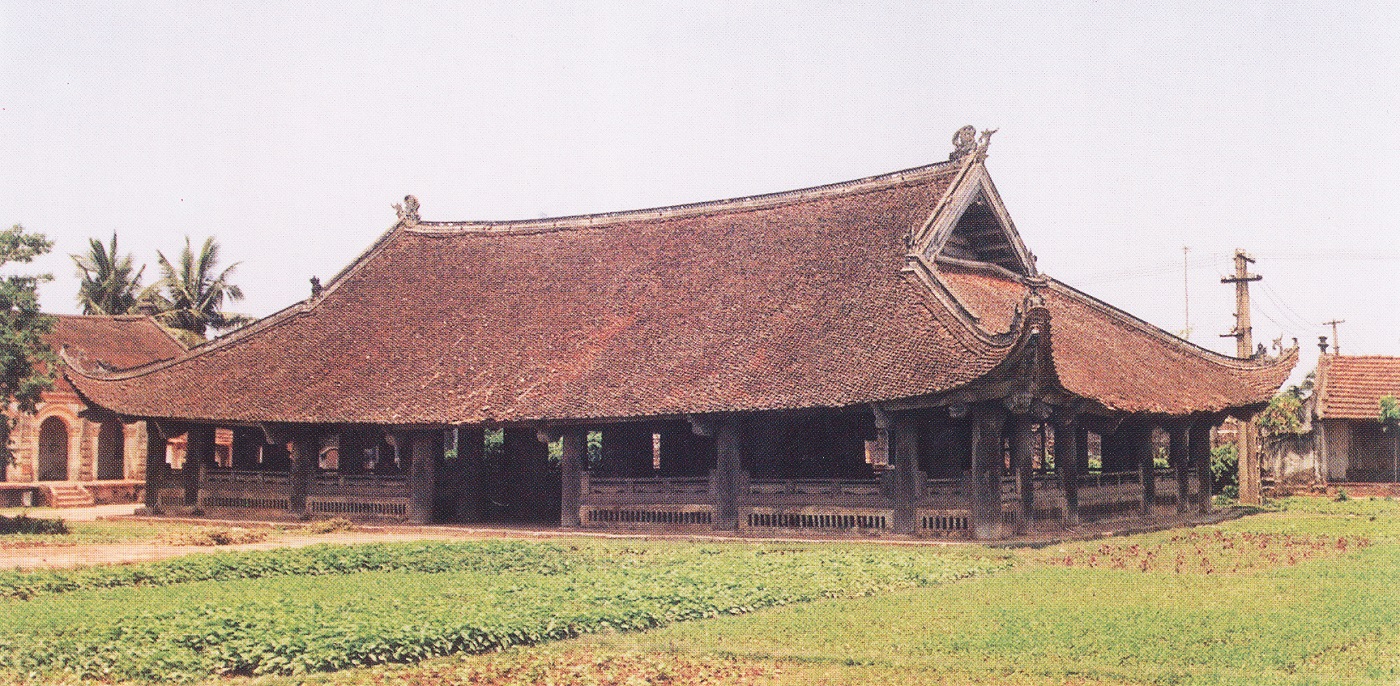 Chu Quyet Communal House. Photo: Tapchikientruc.com[/caption] The horizontal lacquered boards and parallel sentences hanging in the communal house have aesthetic and artistic value, and also act as teachings and moral values that our ancestors want to pass on to future generations. On them, each word and each sentence is written in calligraphy with graceful and soft strokes, imbued with the Confucian spirit. Lessons about life, morality, loyalty and filial piety are placed in a solemn and dignified position, expressing the spirit of respecting morality, etiquette and customs. They demonstrate the cultural life with order and hierarchy, the spirit of remembering the person who planted the tree when eating the fruit, and remembering the source when drinking the water of our people from many generations ago. Besides its spiritual and aesthetic value, the communal house of the Northern village is also the place where many unique cultural and religious activities take place, and is the bond that connects the village community. During festivals, the communal house becomes the center of all activities, from solemn sacrificial rituals to folk games and traditional art performances. The communal house is not only a place of worship but also a vibrant cultural space, where villagers can have fun together, while preserving and promoting the traditional beauty of the Vietnamese countryside. Along with the development of modern society are challenges to the preservation and promotion of the value of the communal houses of the Northern region. The rapid urbanization process has caused many communal houses to deteriorate and lose their original pristine beauty. The preservation of communal house architecture is not only the responsibility of researchers and cultural managers, but also the responsibility of each citizen, who directly inherits and continues the cultural traditions of their ancestors. In the flow of time, the communal houses of the Northern region still stand there, as historical witnesses, marking the changes of the times. The combination of spirituality and aesthetics in communal house architecture enriches the spiritual life of the people and is an endless source of inspiration for artisans and art researchers. Preserving and promoting the value of Northern communal houses is to preserve a cultural heritage and through that, to preserve the soul and identity of the Vietnamese people.
Chu Quyet Communal House. Photo: Tapchikientruc.com[/caption] The horizontal lacquered boards and parallel sentences hanging in the communal house have aesthetic and artistic value, and also act as teachings and moral values that our ancestors want to pass on to future generations. On them, each word and each sentence is written in calligraphy with graceful and soft strokes, imbued with the Confucian spirit. Lessons about life, morality, loyalty and filial piety are placed in a solemn and dignified position, expressing the spirit of respecting morality, etiquette and customs. They demonstrate the cultural life with order and hierarchy, the spirit of remembering the person who planted the tree when eating the fruit, and remembering the source when drinking the water of our people from many generations ago. Besides its spiritual and aesthetic value, the communal house of the Northern village is also the place where many unique cultural and religious activities take place, and is the bond that connects the village community. During festivals, the communal house becomes the center of all activities, from solemn sacrificial rituals to folk games and traditional art performances. The communal house is not only a place of worship but also a vibrant cultural space, where villagers can have fun together, while preserving and promoting the traditional beauty of the Vietnamese countryside. Along with the development of modern society are challenges to the preservation and promotion of the value of the communal houses of the Northern region. The rapid urbanization process has caused many communal houses to deteriorate and lose their original pristine beauty. The preservation of communal house architecture is not only the responsibility of researchers and cultural managers, but also the responsibility of each citizen, who directly inherits and continues the cultural traditions of their ancestors. In the flow of time, the communal houses of the Northern region still stand there, as historical witnesses, marking the changes of the times. The combination of spirituality and aesthetics in communal house architecture enriches the spiritual life of the people and is an endless source of inspiration for artisans and art researchers. Preserving and promoting the value of Northern communal houses is to preserve a cultural heritage and through that, to preserve the soul and identity of the Vietnamese people.Hoang Anh






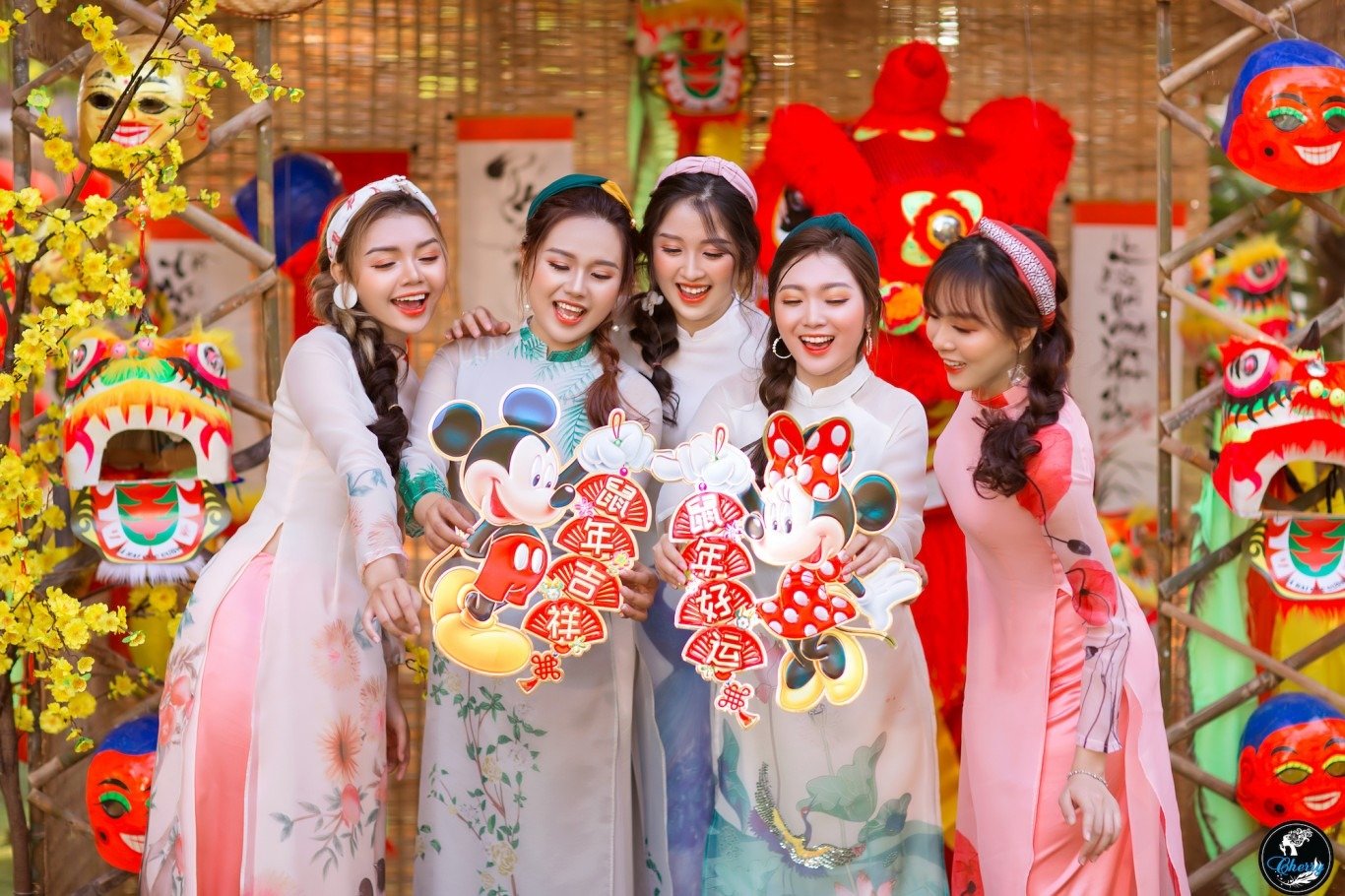
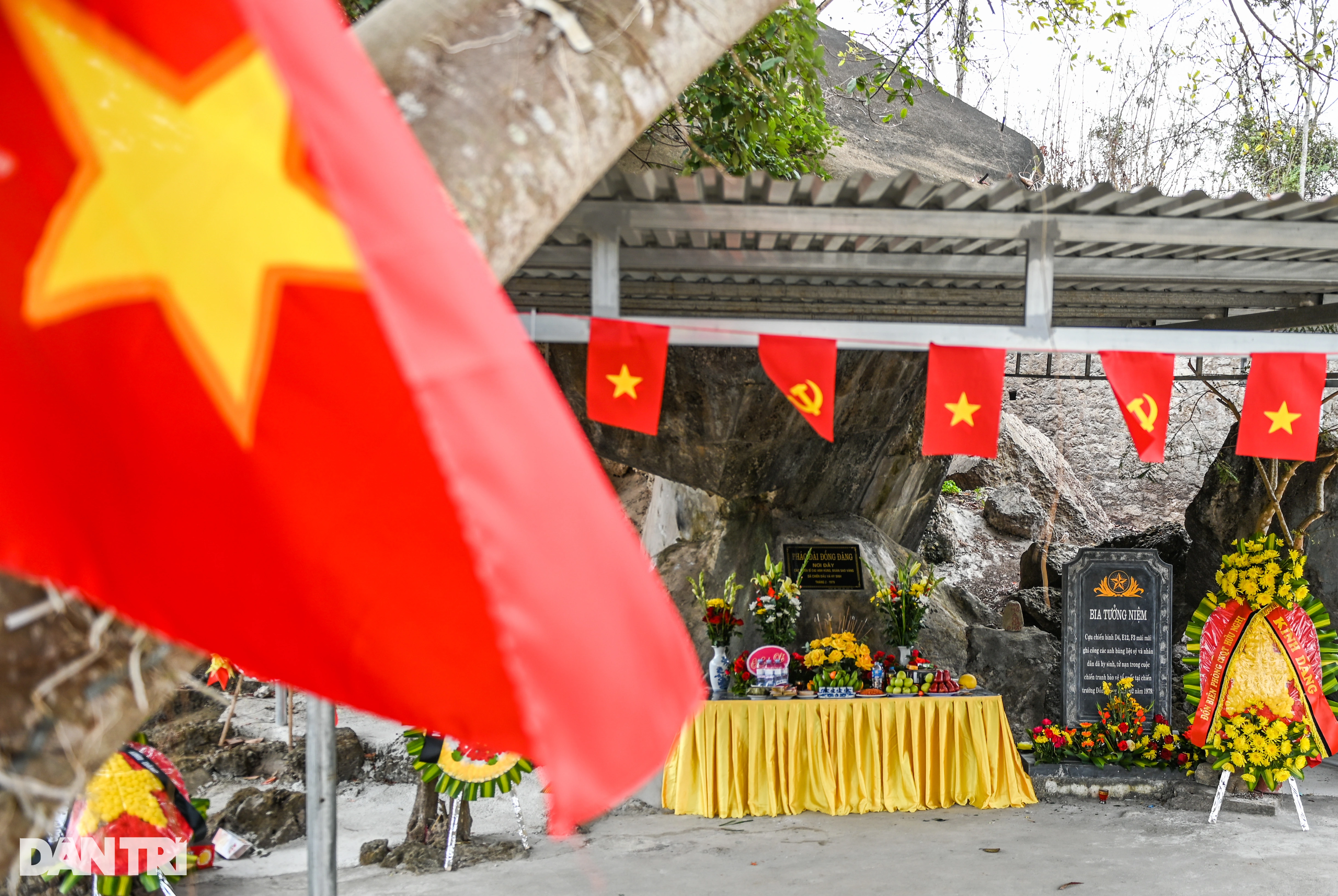





















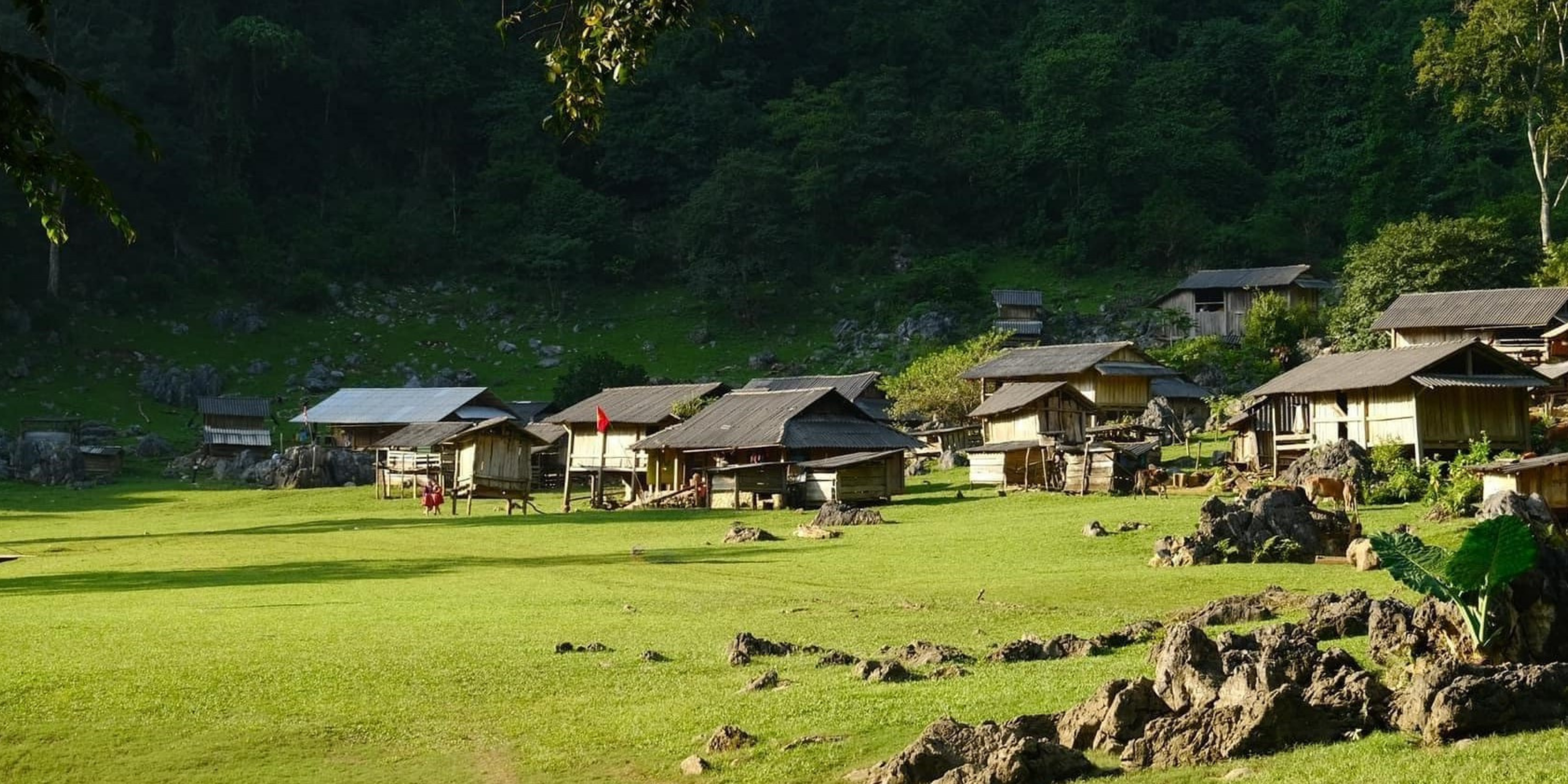
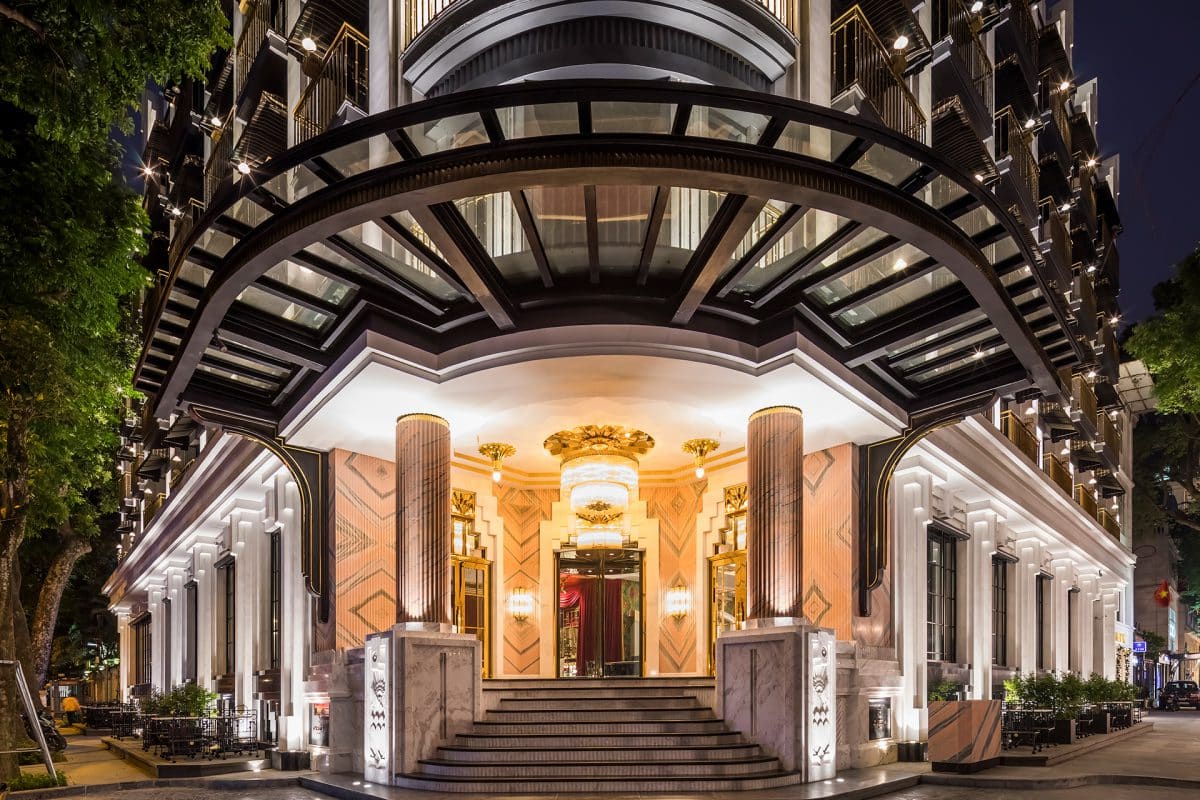



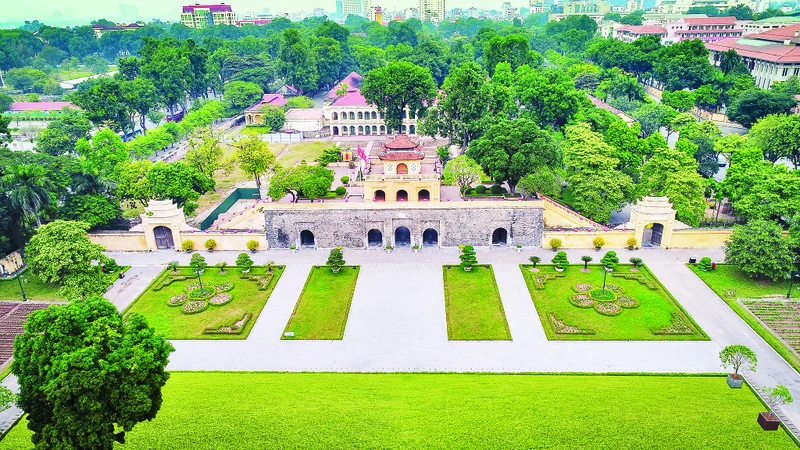

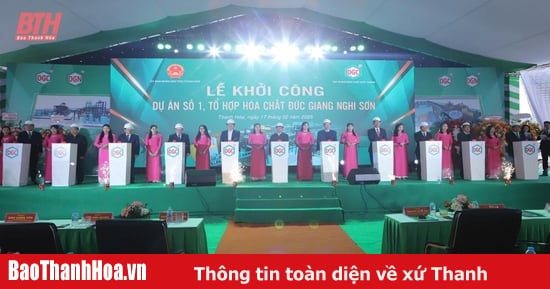
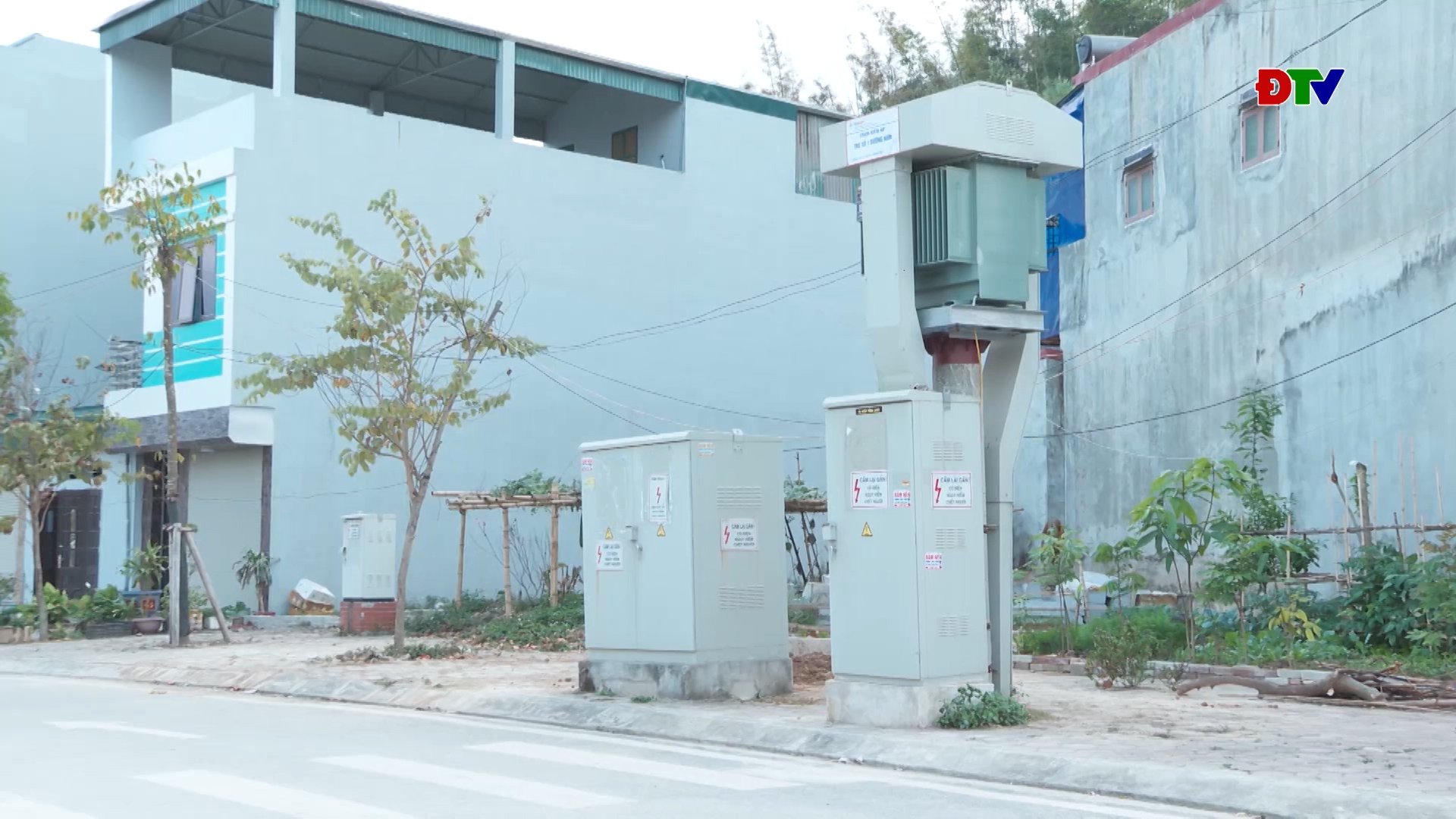
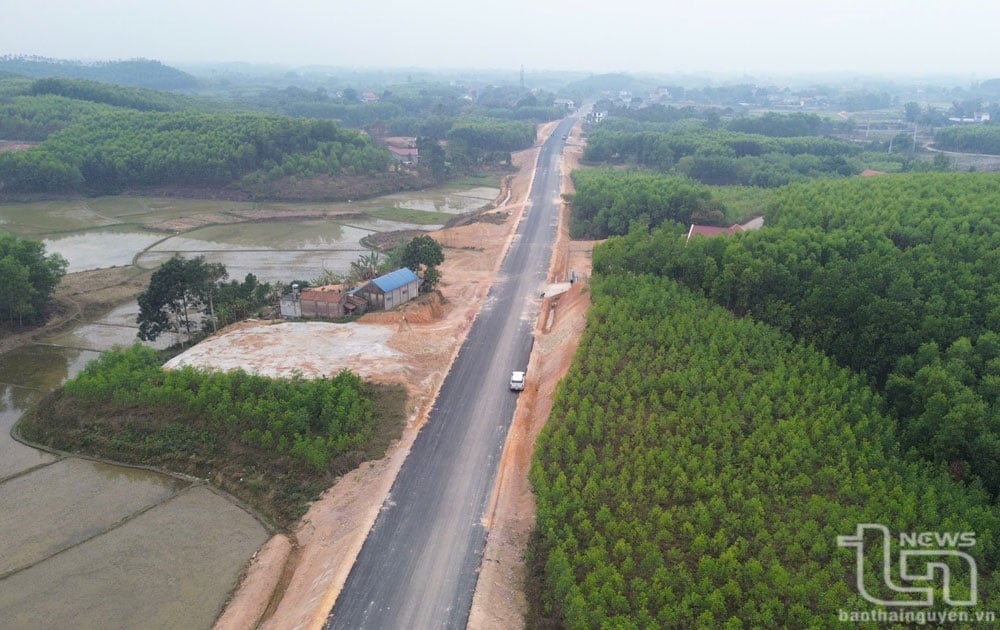
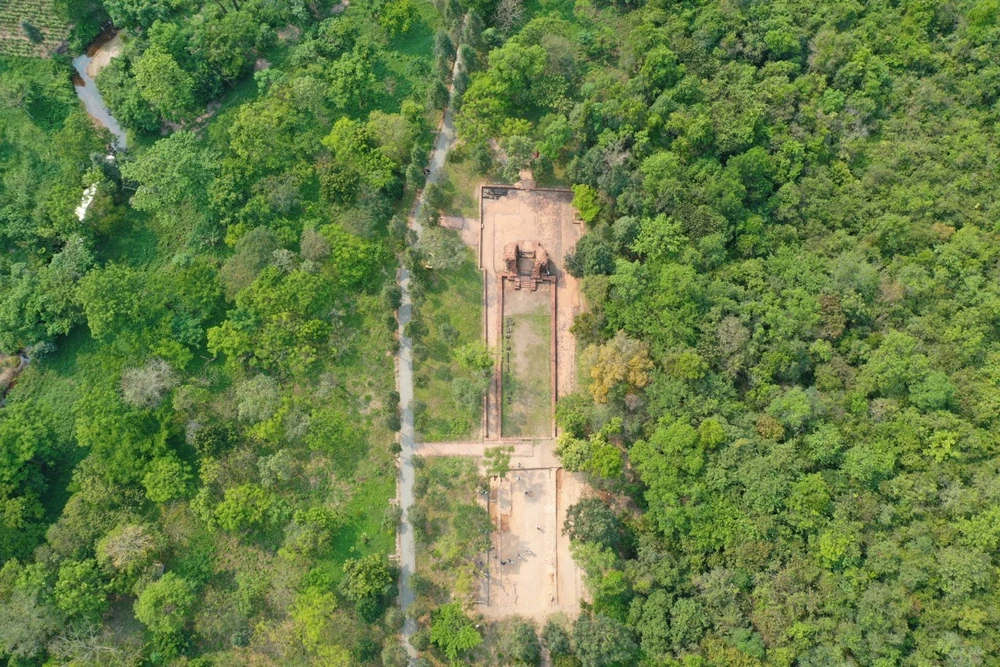

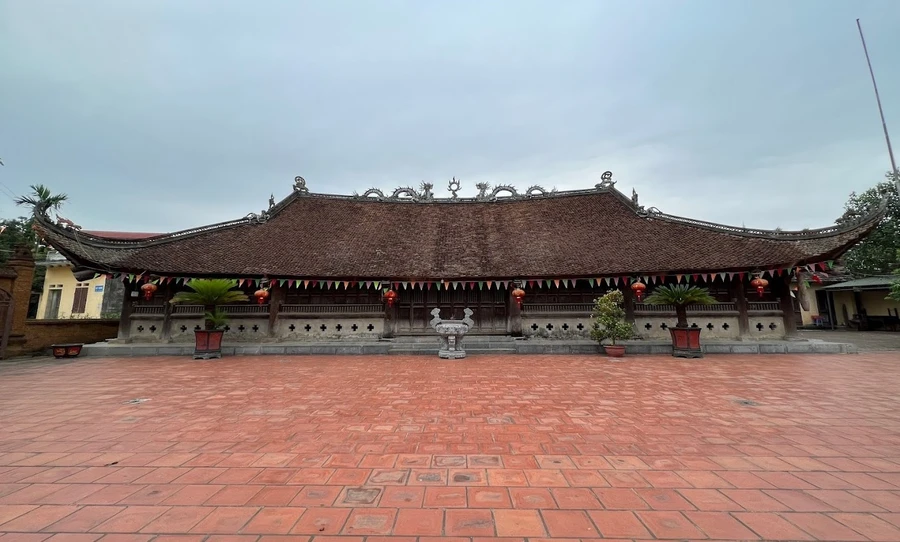

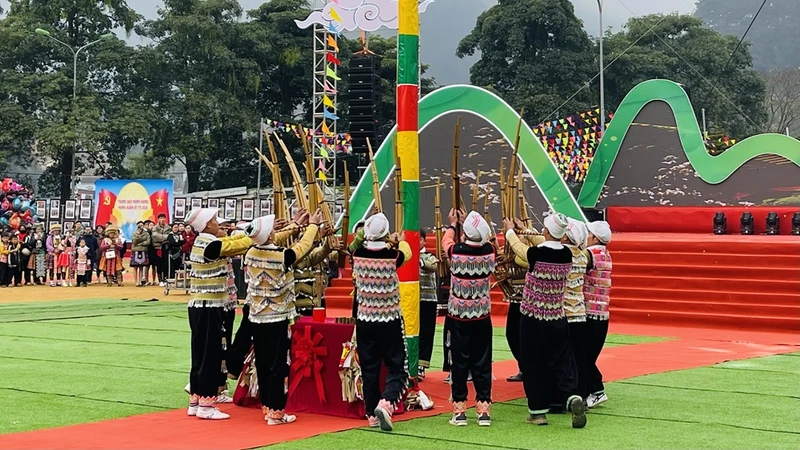


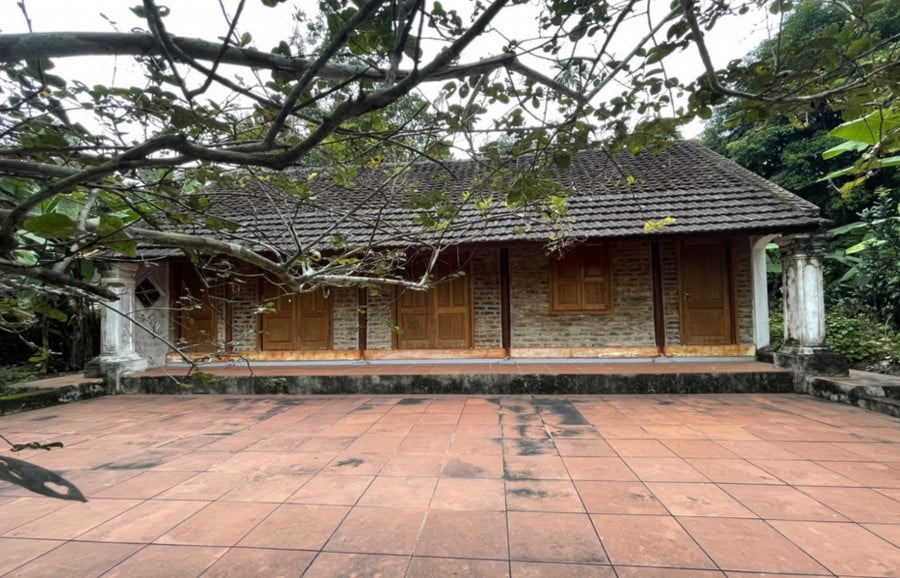

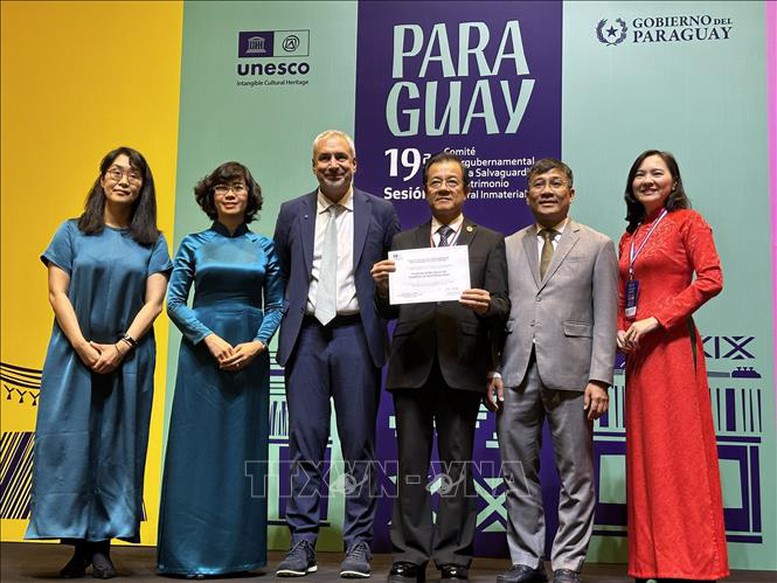
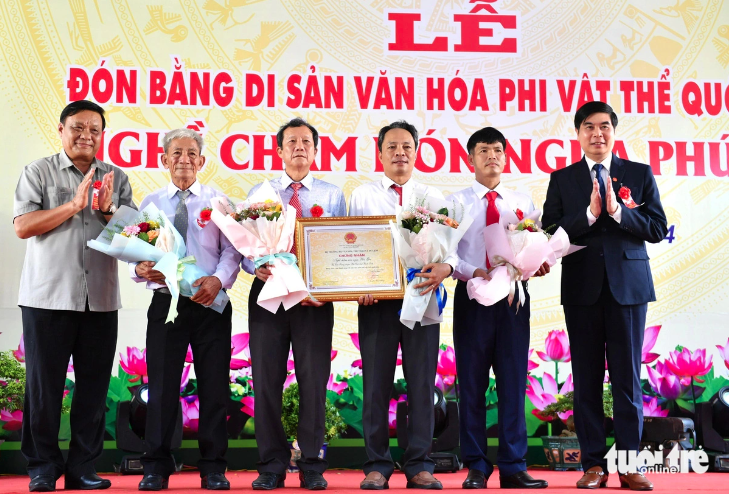
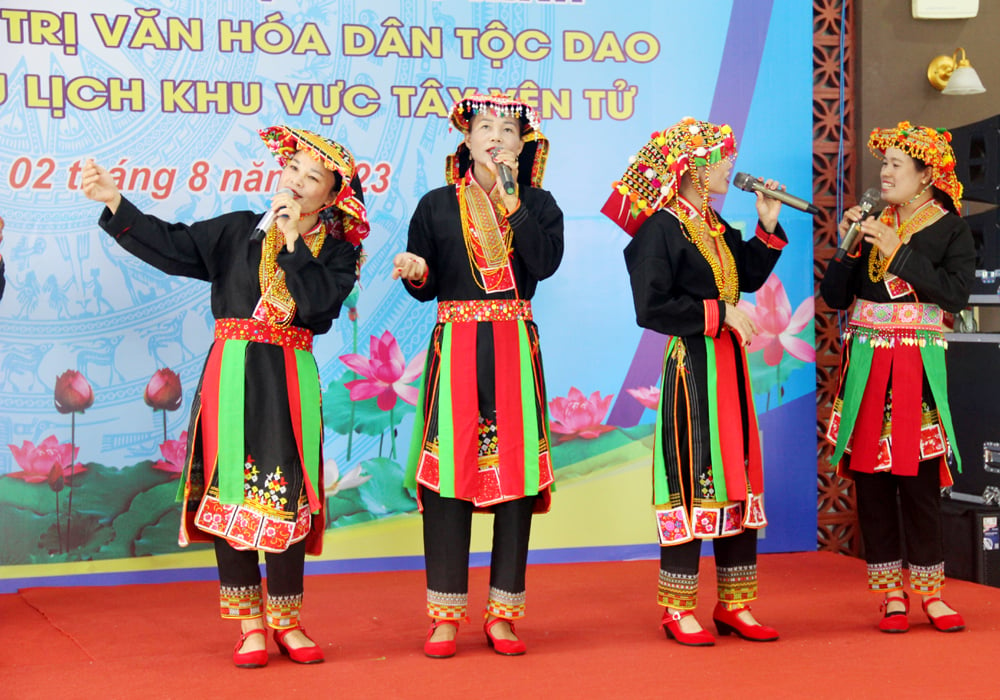
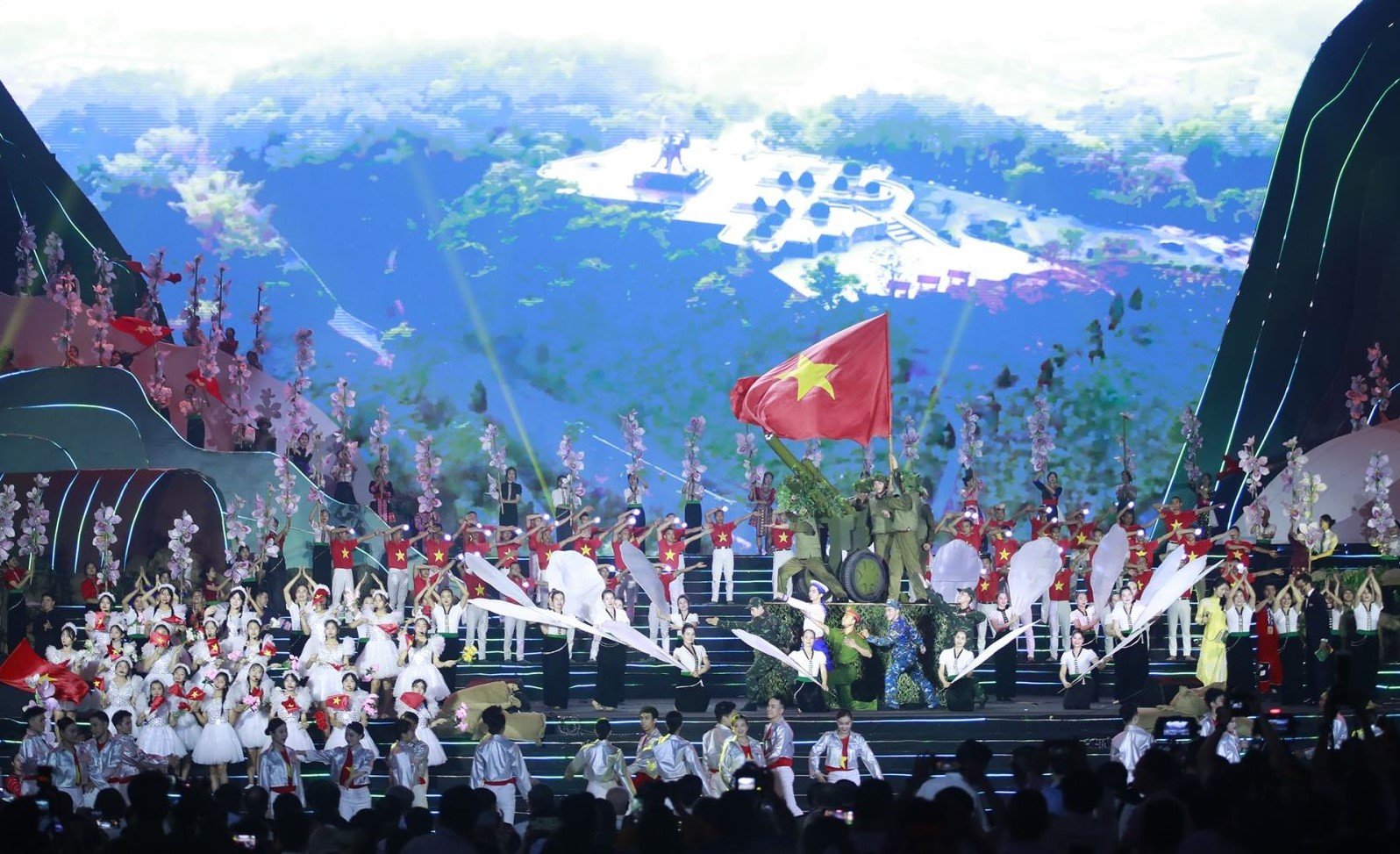
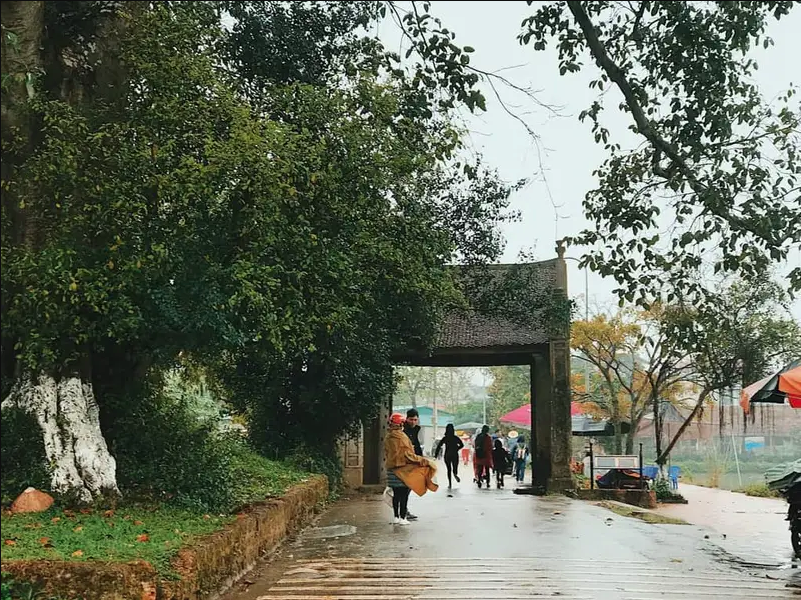
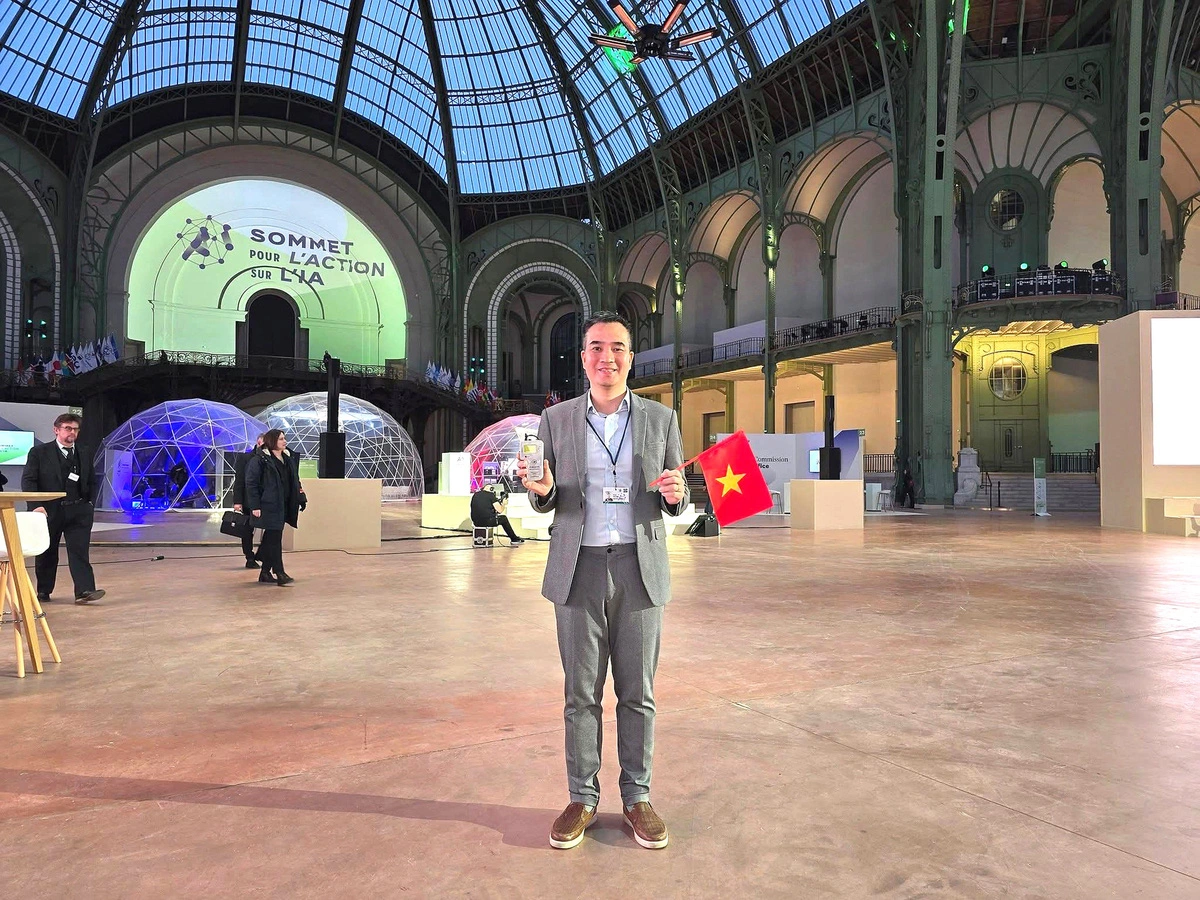




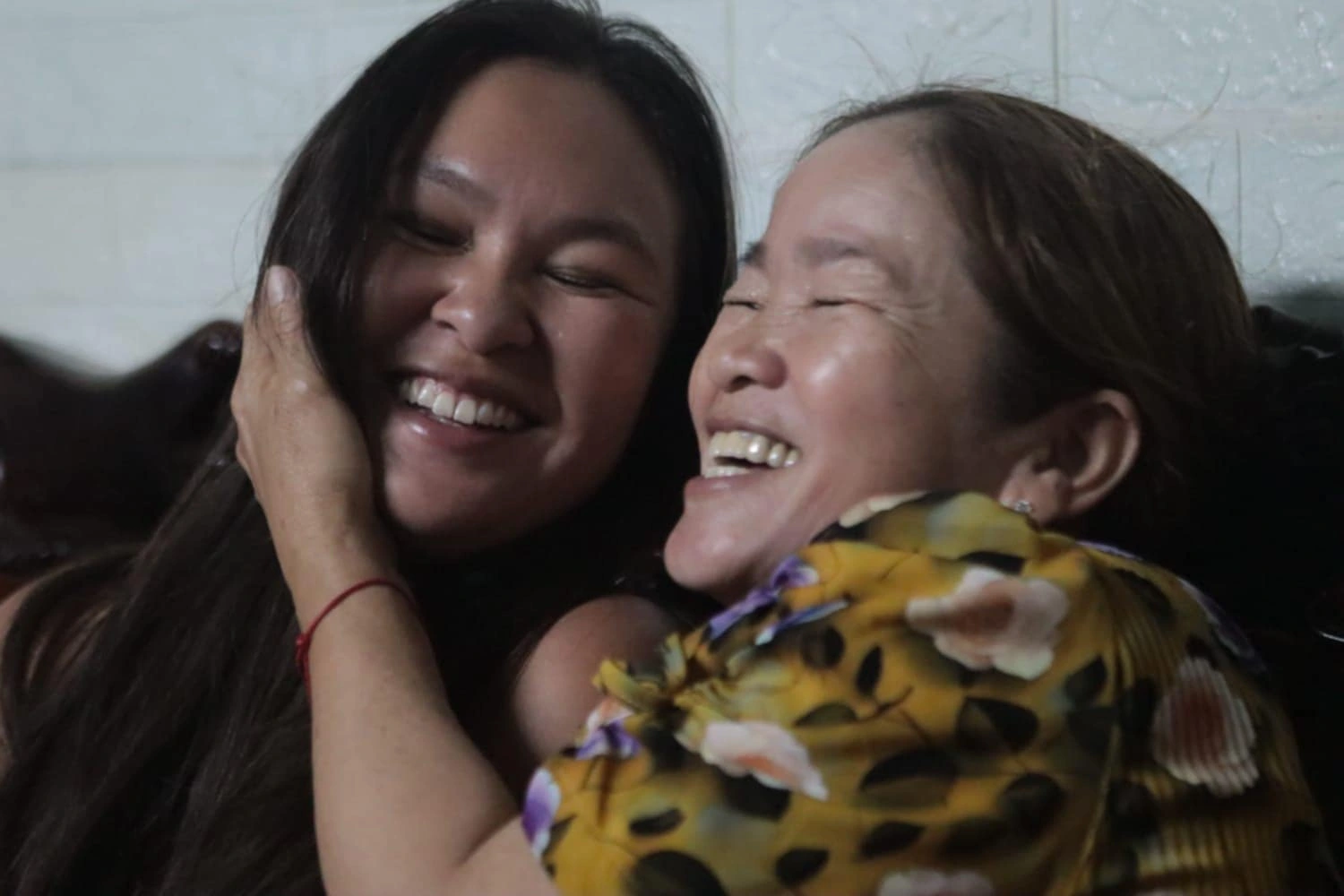

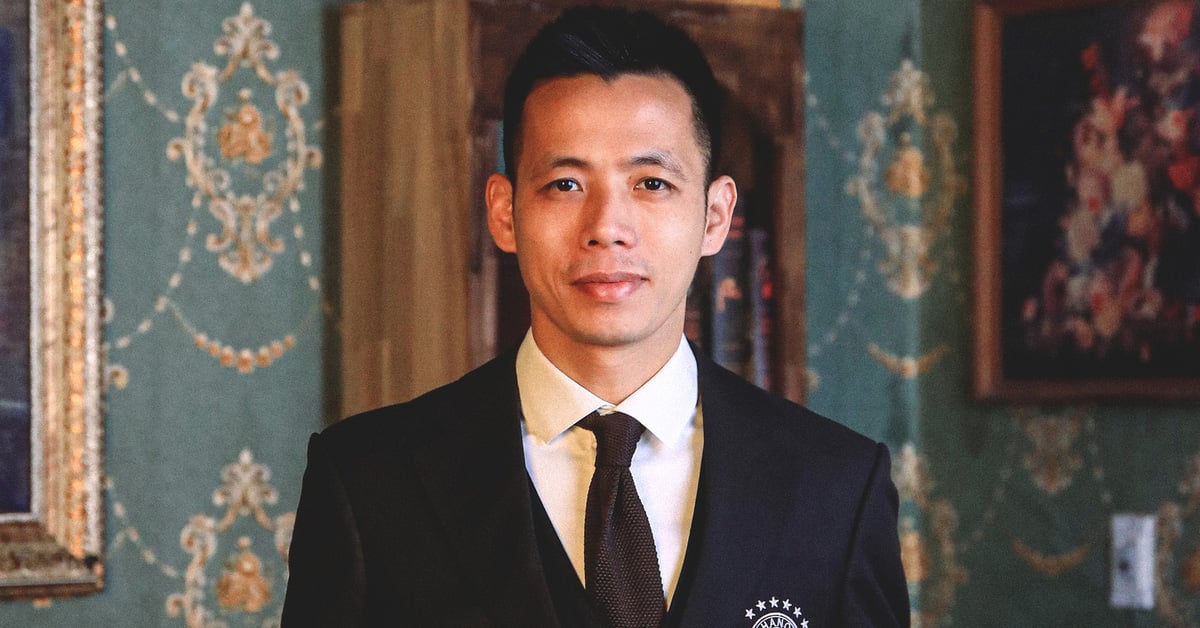





Comment (0)